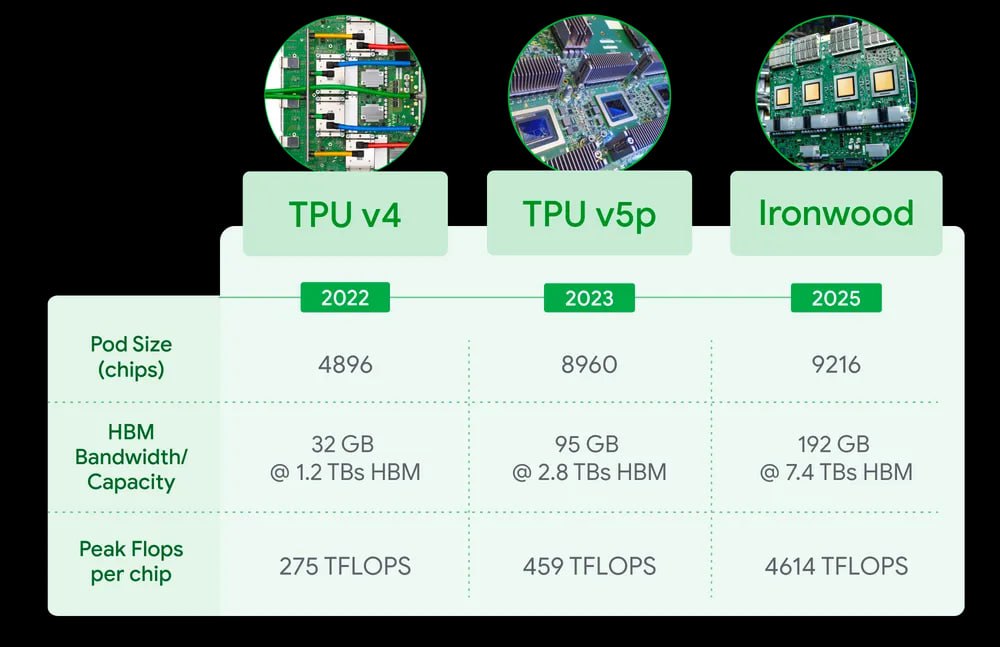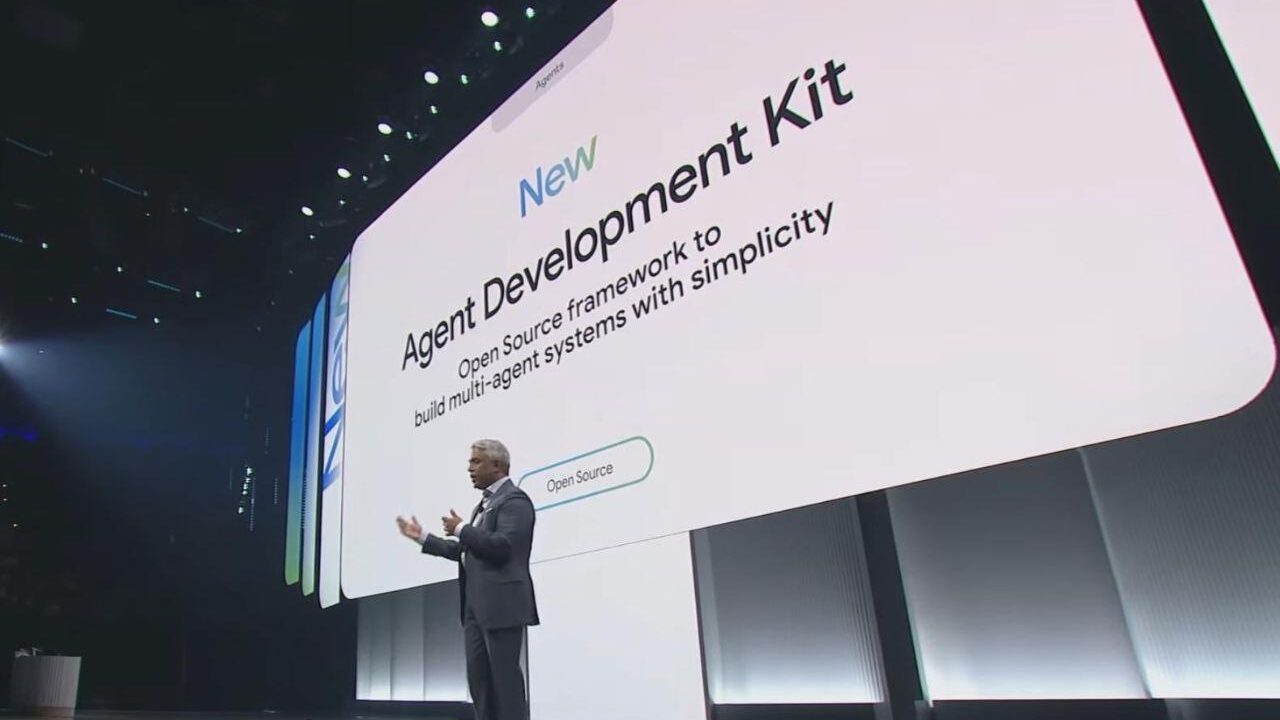The Google Cloud Next ’25 event, held from April 9 to 11 in Las Vegas, was a massive showcase of Google’s latest breakthroughs in artificial intelligence, cloud computing, and developer tools. With over 300 keynotes and sessions, this year’s Next event wasn’t just about showcasing tech—it was about launching the next era of intelligent systems. From powerful new chips to game-changing multi-agent protocols, Google made it clear: the future is not just coming, it’s already here.
Ironwood: The Most Powerful TPU Yet

Say hello to Ironwood, Google’s 7th-generation custom AI accelerator—and it’s a beast. Designed specifically for inference tasks (where models run in the real world), Ironwood is built to handle the scale and speed required by today’s most advanced generative AI systems.
Available in configurations of 256 to 9,216 chips, Ironwood can reach a staggering 42.5 exaFLOPS in full-scale deployment—making it over 24 times more powerful than El Capitan, one of the world’s top supercomputers. Each chip alone offers up to 4,614 TFLOPS, while energy efficiency has doubled compared to its predecessor, Trillium.
Ironwood also introduces innovations like 192GB of HBM memory per chip, a 7.2 Tbps memory bandwidth, and a 1.2 Tbps bidirectional interconnect system, making communication between thousands of chips smooth and lightning-fast. On top of that, the Pathways software framework lets developers deploy large-scale models like Gemini 2.5 or AlphaFold across massive clusters of TPUs seamlessly.
This chip isn’t just fast—it’s the cornerstone of what Google calls the “Inference Era,” where AI doesn’t just respond to prompts but actively generates and interprets data on its own.

Agent2Agent (A2A): Building a Multi-Agent Ecosystem
One of the most exciting concepts unveiled at Next ’25 was Agent2Agent (A2A), a new open-source protocol designed to enable intelligent agents from different vendors to communicate and collaborate—regardless of their origin.
Built on familiar standards like HTTP and JSON-RPC, A2A supports long-term tasks, multimedia interaction (audio/video), and complex workflows. Each agent introduces itself via an “Agent Card,” so others know its capabilities and can determine how best to collaborate.
Imagine this: a hiring manager tasks their assistant agent with finding the right developer. That agent reaches out to other agents, gathers info, schedules interviews, and handles the process—all autonomously. A2A makes this sort of cross-agent collaboration a reality.
Backed by over 50 tech partners, A2A is set to become a key standard for the next generation of AI-native applications and is expected to officially launch later this year.
ADK: The Agent Development Kit
To make building agent-based applications easier and smarter, Google also introduced the Agent Development Kit (ADK)—a powerful open-source framework for designing, testing, and deploying multi-agent systems.
ADK is built on four pillars: Build, Interact, Evaluate, and Deploy. Whether you’re creating a simple search assistant or a complex agent hierarchy that routes tasks based on context, ADK has you covered. Developers can use Google Search, stream media, integrate multiple LLMs (like Gemini, Anthropic, Meta), and even auto-evaluate their agents before launch.
What’s more, ADK includes built-in tools for containerized deployment and works seamlessly with Google Cloud’s Vertex AI Agent runtime. It’s already being used internally in Google’s own platforms like Agentspace and Customer Engagement Suite (CES).

Firebase Studio: A Full-Stack Playground for AI App Devs
Firebase Studio was another standout at the event. It’s a new cloud-native development environment made for building, testing, and deploying AI-powered web and mobile applications.
Think of it as an IDE meets AI sandbox: you can prototype an app using natural language, drag in visual elements, preview it live, and publish—all in one place. The environment merges tools like Project IDX, Genkit, and Gemini into a unified workspace.
For example, with the built-in “App Prototyping Agent,” you can generate a fully functional Next.js app from a simple prompt or image. You can even ask Gemini to modify app logic or UI with a command like “Add user authentication” or “Change button color”—no manual coding needed.
Firebase Studio also supports collaborative editing, virtual machines, QR code previews, and one-click publishing via Firebase Hosting. Whether you’re a beginner or a full-stack pro, this tool brings speed and simplicity to AI app development like never before.









